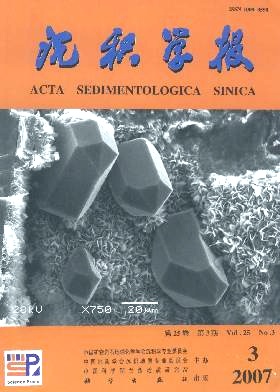Clastics of the Middle Submember of Member 1 of Shahejie Formation in Huimin Sag: taking Shanghe area in Shandong Province for an example
- Received Date: 1900-01-01
- Rev Recd Date: 1900-01-01
- Publish Date: 2007-06-10
-
Key words:
- Shanghe region /
- the middle submember of Member 1 of Shahejie Formation /
- mixed sedimentation characteristics /
- mixed sedimentary type /
- mixed sedimentary model
Abstract: Mixed deposits, which is composed of terrigenous fragment and carbonate of lagoonal facies, develops extensively in the middle submember of Member 1 of Shahejie Formation of Shanghe Area. This paper definite mixed deposited which includes Hunji sequence, Hunji rock and some sporadic distribution, and as far as mixed deposits in a broad sense, and there is not a concrete standard range, if only it is for the reason the sediment or sedimentary rock deposits to terrigenous fragment and carbonate not for false mixed to sedimentation or transformation of sedimentation, it can be deeply convinced to be mixed deposits. In the study area, the characteristics of mixed deposits are interbedded strata between terrigenous fragment and carbonate of lagoonal facies in high frequency and mixing deposited between terrigenous fragment constituent and carbonate constituent in one layer. Mixed sedimentary type can be divided into 3 categories, blended mixed deposits, salutatory mixed deposits and complex mixed deposits, and the complex mixed deposits can be divided into complex mixed depositsⅠand complex mixed depositsⅡ.In the study area, complex mixed depositsⅠis developing and complex mixed depositsⅡ is not developing. This paper analyses the mixed deposits of study area carefully, such as geological setting, petrological characteristic and depositional environment, etcl, establishes mixed sedimentaary model and discusses controlling factor of the mixed deposits.
| Citation: | DONG Guiyu. Clastics of the Middle Submember of Member 1 of Shahejie Formation in Huimin Sag: taking Shanghe area in Shandong Province for an example[J]. Acta Sedimentologica Sinica, 2007, 25(3): 343-350. |






 DownLoad:
DownLoad: